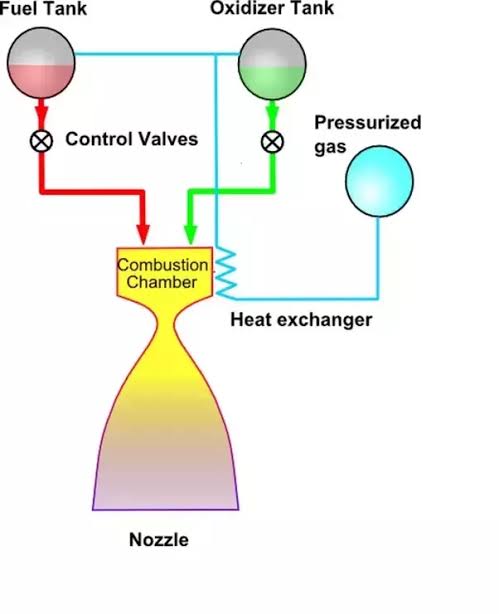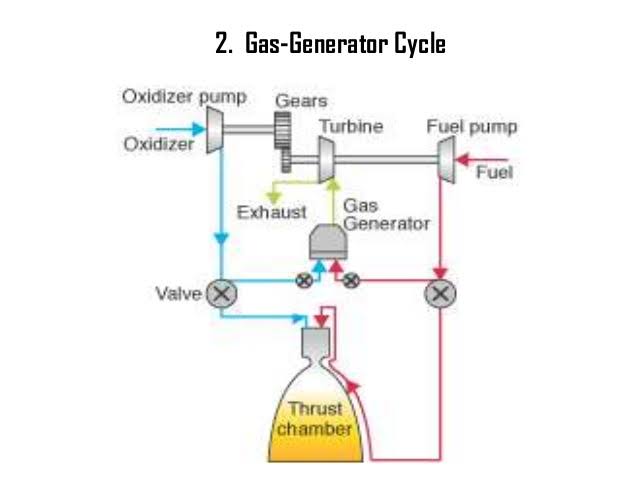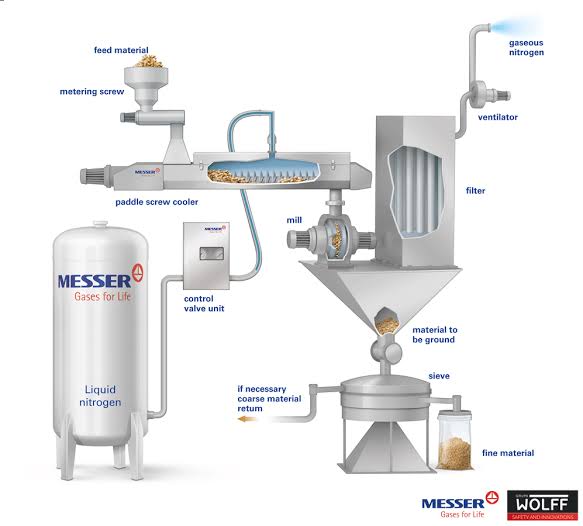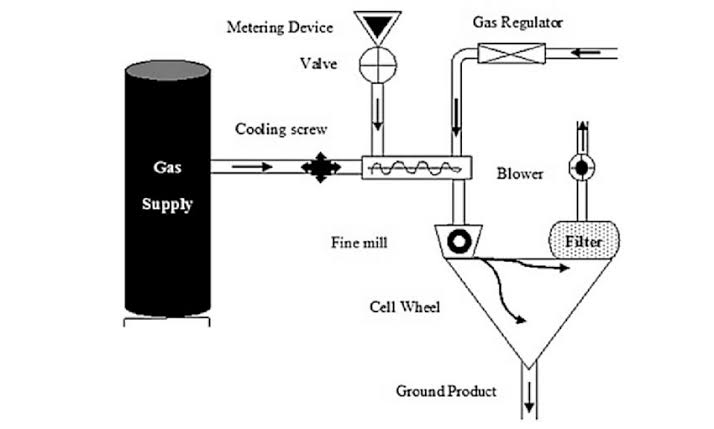Ok as i said yesterday i will bring a thread on cryogenic Technology.
I apologize to those who are not interested in this subject,
they can skip this tweet.
Gonna be a long long thread so take you time to read.
So here it is :
I apologize to those who are not interested in this subject,
they can skip this tweet.
Gonna be a long long thread so take you time to read.
So here it is :
Firstly
Cryogenics is the study of the production & behaviour of materials at extremely low temperatures (below -150°c) to lift and place the heavier objects in space.
A cryogenic stage is the last stage of SLVs. It involves the use of rocket prop. at extremely low temp.
Cryogenics is the study of the production & behaviour of materials at extremely low temperatures (below -150°c) to lift and place the heavier objects in space.
A cryogenic stage is the last stage of SLVs. It involves the use of rocket prop. at extremely low temp.
The combination of liquid oxygen & liquid hydrogen offers the highest energy efficiency for rocket engines that need to produce large amounts of thrust.
oxygen remains a liquid only at temperatures below -183°c and hydrogen at below -253°c.
oxygen remains a liquid only at temperatures below -183°c and hydrogen at below -253°c.
These engine provides more force with each kilogram of cryogenic propellant.
The major components of a cryogenic rocket engine are combustion chamber, igniter, fuel injector, fuel cryo pumps, oxidizer cryo pumps, gas turbine, cryo valves, regulators, the fuel tanks and nozzle.
The major components of a cryogenic rocket engine are combustion chamber, igniter, fuel injector, fuel cryo pumps, oxidizer cryo pumps, gas turbine, cryo valves, regulators, the fuel tanks and nozzle.
At an extremely cold temperature at which liquid nitrogen is stored. Air moving around the vehicle is used to heat liquid nitrogen to a boil. Once it boils, it turns to gas in the same way that heated water forms steam in a steam engine.
In 1877 Rasul Pictet & Louis Cailletet liquefied oxygen for the first time, Eventually a third method of liquefying oxygen was discovered & oxygen was able to be liquefied at 90 Kelvin. Soon after liquid nitrogen was achieved at 77 Kelvin.
In 1898 james DeWar liquefied hydrogen at 20 Kelvin that is also at a boiling temperature. This presented a further issue on how to handle and store gases at such temperatures. Hence the creation of DeWar flasks which are used to store gases today.
The last major advance in the cryogenics industry came In 1908 when the physicist Heike Kamerling Onnes liquefied Helium at 4.2 Kelvin and then 3.2 Kelvin. Technology has advanced much more since this last major discovery & we can now freeze materials within very small distance.
Cryogenics is used for rockets, in MRI machines that use liquid helium and require cryogenic cooling, storing large quantities of food, special effects fog, recycling, freezing blood and tissue samples, and even cooling superconductors.
M mentioning the terms of it& #39;s uses , you can google these terms if you want to know much about these
1) Cryosurgery.
2) Cryo-electronics.
3) Cryobiology.
4) Food Preservation.
5) Transportation of Gases.
6) Cryotherapy.
7) Cryonics.
1) Cryosurgery.
2) Cryo-electronics.
3) Cryobiology.
4) Food Preservation.
5) Transportation of Gases.
6) Cryotherapy.
7) Cryonics.
HAL has delivered the biggest cryogenic propellant tank C32-LH2 made by ISRO. The tank is a developmental cryogenic propellant tank made of aluminium alloy that has been basically designed for improving the payload capability of GSLV MK-III launching vehicle.
The US was the first country to develop cryogenic rocket engines. The Centaur upper stage with RL-10 engines registered its first successful flight in 1963 and is still used on the Atlas V rocket.
This technology paved the way for the J-2 engine, which powered Saturn V rocket.
This technology paved the way for the J-2 engine, which powered Saturn V rocket.
The Soviet Union is first country to launched a rocket with a cryogenic engine only in 1987.The Japanese LE-5 engine flew in 1977, the French HM-7 in 1979 and the Chinese YF-73 in 1984.
Under the Indo-Soviet deal, ISRO got a stage built around the 11D56 cryogenic engine that could produce 7.5 tonnes of thrust. The stage would carry 12 tonnes of propellant. But the deal violated the MTCR
In May 1992 US imposed sanctions on ISRO and Glavkosmos.
In May 1992 US imposed sanctions on ISRO and Glavkosmos.
in January 1991, a deal was signed with the Soviet company Glavkosmos to buy two cryogenic flight stages as well as the technology to make them in India.
The 11D56 cryogenic engine had been developed for the mammoth N1 rocket ( the Soviet equivalent of Saturn V)
The 11D56 cryogenic engine had been developed for the mammoth N1 rocket ( the Soviet equivalent of Saturn V)
The Indian cryogenic engine is produced by Godrej and the Hyderabad-based MTAR Technologies working together as a consortium.
Take your**
Till now, i have this much of knowledge about cryogenic technology which I& #39;ve gathered from various sources & even further i will continue to collect data & infos about this technology, but in the mean time let me rest this thread here.

 Read on Twitter
Read on Twitter





